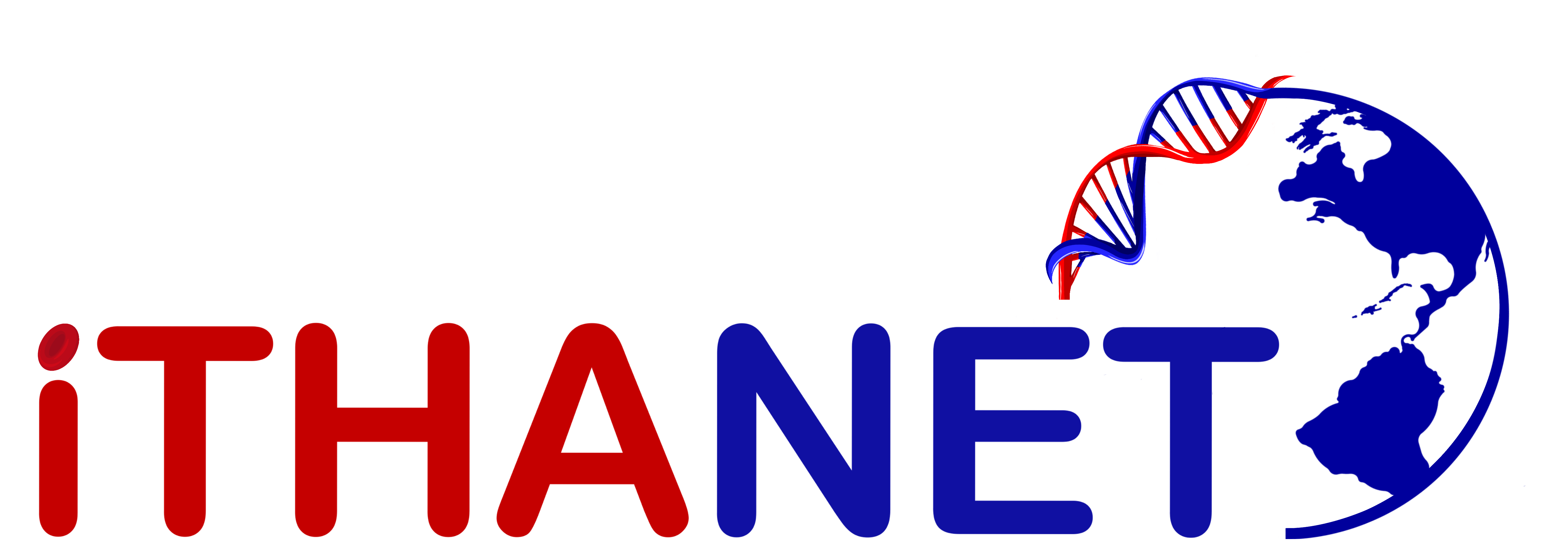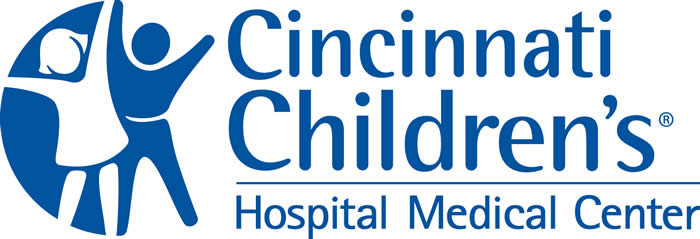
We are delighted to announce the publication of an article describing the IthaGenes database and the companion IthaMaps tool in the open-access journal PLoS ONE.
IthaGenes is an interactive archive of all sequence variations affecting haemoglobin disorders, including the globin loci and disease modifiers and polymorphisms with relevance for clinical diagnosis. IthaGenes stores and organises phenotype, epidemiology, HPLC data, as well as related publications and external links, while embedding the NCBI sequence viewer in the website for detailed graphical representation of each variation. Additionally, IthaMaps is an interactive map tool that displays epidemiological data concerning Hb disorders.
Please cite IthaGenes and IthaMaps as follows:
Kountouris P, Lederer CW, Fanis P, Feleki X, Old J, Kleanthous M. (2014) IthaGenes: An Interactive Database for Haemoglobin Variations and Epidemiology. PLoS ONE 9(7): e103020. doi: 10.1371/journal.pone.0103020




